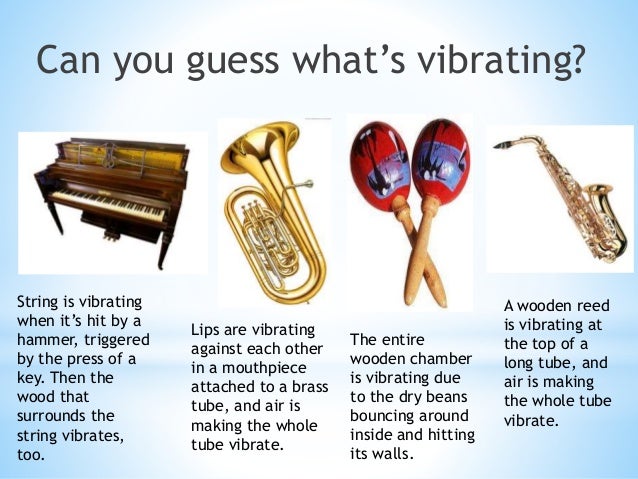Musical Instruments - 4/15/18
Summary: The vibration of some device, such as a wire, drum, or reed, creates musical sounds. As well as moving air can be made to vibrate at certain frequencies. All of the devices involve a vibration of some source to create a musical sound. When you pluck or tap a wire of some sort, the vibration creates compression waves in the air, resulting in sound. When you strike the head of the drum, it causes it to vibrate and make a sound. In reality, the head of a drum is like a string in two-dimensions. You can also blow on things to create sounds. By blowing through or across a chamber of air you can create sound vibrations. The best example of this is whistling. You can also tune musical instruments to your desired pitch. By adjusting the tension of the wire, the frequency can be changed slightly until it is exactly at some set pitch.
SP2 - Using Models: I created a model this week when my group and I started to create our musical instrument. We created a bass flute out of PVC pipes. While building the instrument we discovered that wider holes vibrate slower, creating a lower pitch and holes with a smaller volume vibrate faster, creating a higher pitch. As well as when you close holes, it makes the instrument longer, making the notes lower. As you can see, I used models to further my understanding on musical waves.
XCC-Cause and Effect: I found cause and effect relationships in almost all of the types of instruments. I noticed that in string instruments, thicker rubber bands had a deeper sound, but when stretched out the pitch became higher. As well as by creating holes in wind instruments with larger or smaller volumes,you can control the pitch. All in all, I observed various cause and effect relationships, which helped me understand more about musical waves.

Comments
Post a Comment